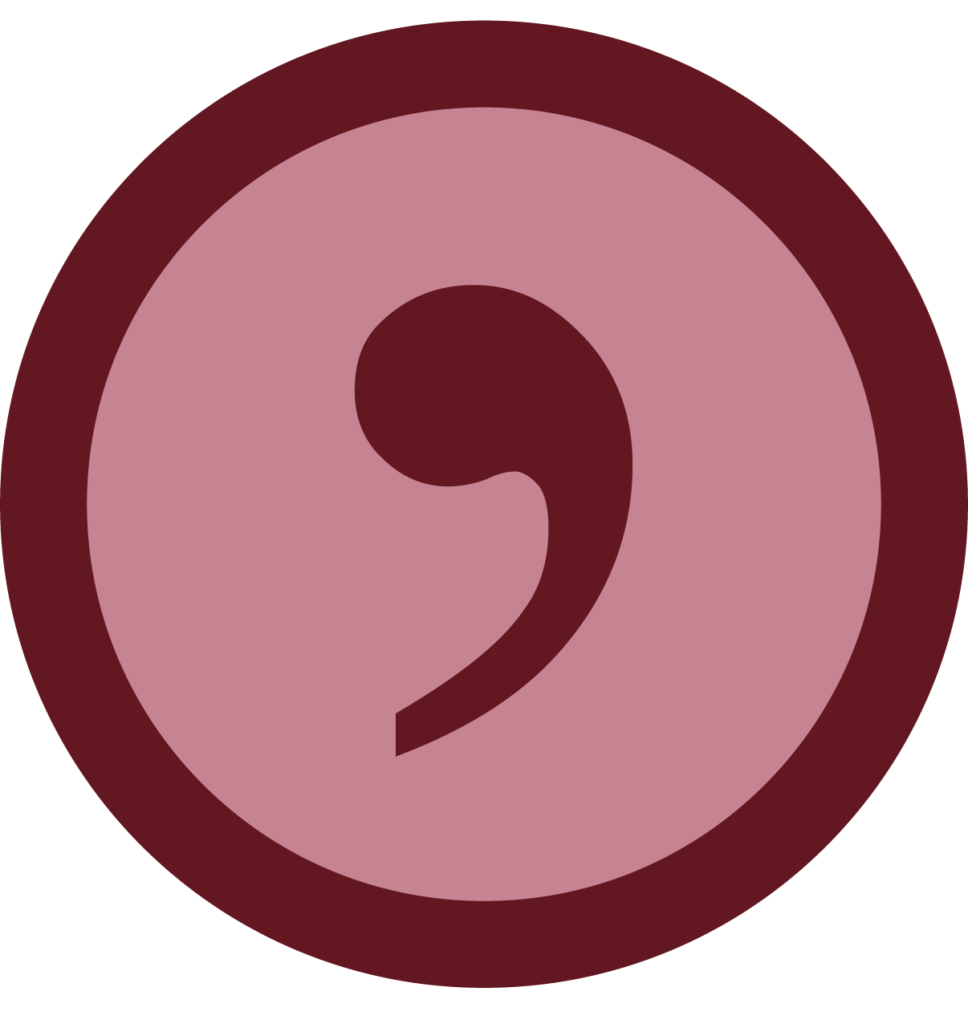Possession
 With possessives, the apostrophe is used in combination with an s to represent that a word literally or conceptually possesses what follows it.
With possessives, the apostrophe is used in combination with an s to represent that a word literally or conceptually possesses what follows it.
- a student’s paper
- the county’s borders
- a nation’s decision
- one hour’s passing
Apostrophes with Words Ending in s and with Plurals
Singular words whether or not they end in s, are made possessive by adding an apostrophe + s. For plural words, we typically indicate possession simply by adding the apostrophe without an additional s. However, a plural that does not end in an s (e.g., bacteria), we would add an apostrophe + s.
- Illinois’s law
- Mars’s atmosphere
- interviewees’ answers
- the bacteria’s life cycle
- her professors’ office (an office shared by two of her professors; if it were just one professor we would write her professor’s office)
Contractions
A contraction is a shortened phrase. He will becomes he’ll, are not becomes aren’t, would have becomes would’ve, and it is becomes it’s. In all of these cases, the apostrophe stands in for the missing letters.
You may find yourself being steered away from using contractions in your papers. While you should write to your teacher’s preference, keep in mind that leaving out contractions can often make your words sound over formal and stilted. (And don’t eliminate contractions in your papers just to up your word count!)
Some Common Errors
Now that we’ve learned about both contraction and possession, let’s take a look at some of the most common (or at least most called out) errors people make.
Your versus You’re
- Your v. you’re
- Its v. it’s
- Their v. they’re
All three of these pairs are the same kind of pair: a possessive pronoun and a contracted version of a pronoun + to be (you’re = you are; it’s = it is; they’re = they are). These are easy to mix up (especially its/it’s) because—as we’ve learned—an apostrophe + s indicates possession. The best way to use these correctly is to remember that possessive pronouns never have an apostrophe: if there’s an apostrophe with a pronoun, it’s a contraction, not a possessive.
Should’ve versus Should of
- Should of, would of, could of
- Should’ve, would’ve, could’ve
This mistake is due to the pronunciation. Out loud both of these phrases sound exactly the same. However, remember that the original phrase is should have, as in “I should have done that.” The phrase should of should never occur. Unfortunately, the only way to remember this is rote memorization (or perhaps a closer examination of the word of).
Acronyms and Numbers
In technical writing, acronyms and numbers are frequently pluralized with the addition of an apostrophe + s, but this is falling out of favor, and there is typically no need to put an apostrophe in front of the s. Therefore, SSTs (sea surface temperatures) is more acceptable than SST’s when your intention is simply to pluralize.
Ideally, use the apostrophe before the s with an acronym or a number only to show possession (i.e., “an 1860’s law”; “DEP’s testing”) or when confusion would otherwise result (“mind your p’s and q’s”).
When talking about a specific decade the 1920s should be shortened to the ’20s. Notice that the apostrophe curls away from the numbers, indicating that the missing characters originally appeared prior to the apostrophe.
Practice
Read the following passage. Identify any errors with apostrophes. Type the corrected words in the text frame below:
Thanks to NASAs’ team of sniffers, led by George Aldrich, astronauts can breathe a little bit easier. Aldrich is the “chief sniffer” at the White Sands Test Facility in New Mexico. His’s job is to smell items before they can be flown in the space shuttle.
Aldrich explained that smells change in space and that once astronauts are up there, their stuck with whatever smells are onboard with them. In space, astronauts aren’t able to open the window for extra ventilation. He also said that its important not to introduce substances that will change the delicate balance of the climate of the International Space Station and the space shuttle.
Candela Citations
- Revision and Adaptation. Provided by: Lumen Learning. License: CC BY-NC-SA: Attribution-NonCommercial-ShareAlike
- Image of apostrophe. Provided by: Lumen Learning. License: CC BY: Attribution
- Style For Students Online. Authored by: Joe Schall. Provided by: The Pennsylvania State University. Located at: https://www.e-education.psu.edu/styleforstudents/. Project: Penn State's College of Earth and Mineral Sciences' OER Initiative. License: CC BY-NC-SA: Attribution-NonCommercial-ShareAlike
- George Aldrich (errors added). Provided by: NASA. Located at: http://spaceflight.nasa.gov/shuttle/support/people/galdrich.html. Project: Behind the Scenes: Meet the People. License: Public Domain: No Known Copyright
